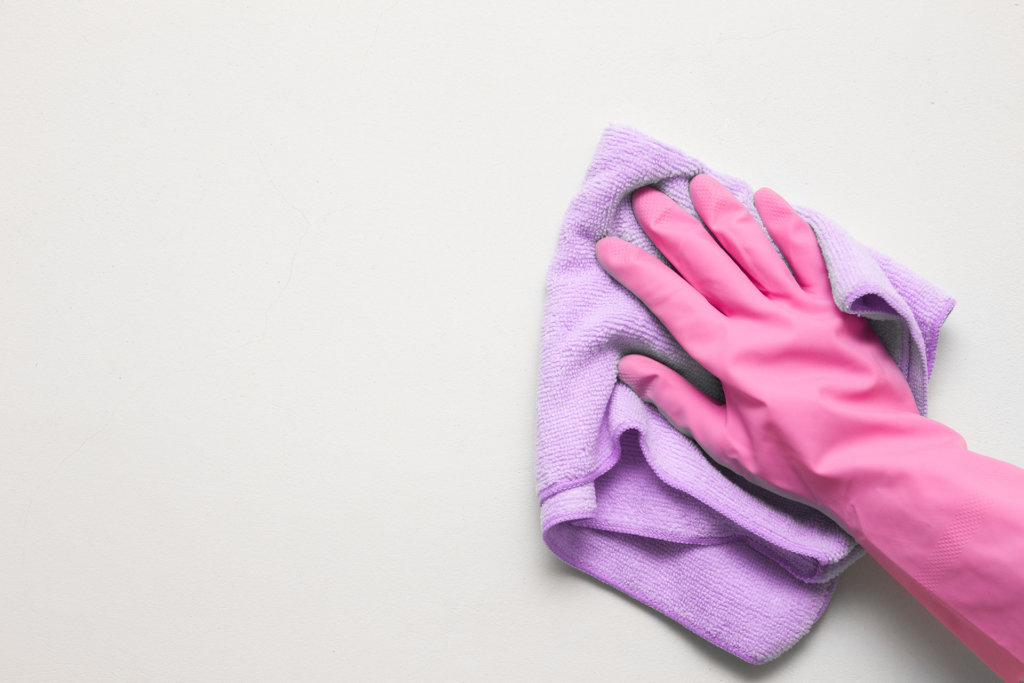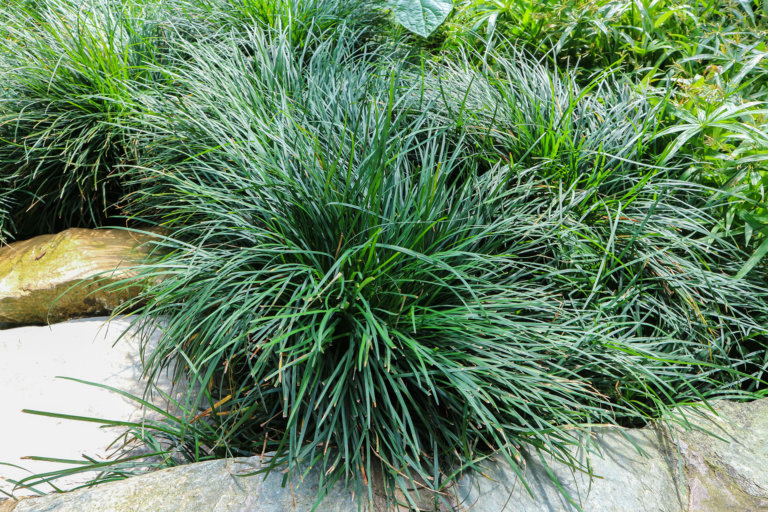Do you have stubborn permanent marker stains on clothing, carpet, walls, flooring, or furniture?
Don’t worry, accidents happen! Before you think it’s time to put those items in the trash, read this guide. We’ll explain how to remove permanent marker from 11 common household surfaces without harming them.
Below are tried-and-true techniques to clear away permanent marker without damage.
#1: Skin
The problem with permanent marker on the skin is that most brands contain toxic ingredients like xylene and toluene, so quickly cleaning the skin is imperative, especially with children.
For fast clean up, reach for make-up remover, nail polish remover, or 90-percent rubbing alcohol. Soak a bit of liquid onto a cotton ball and gently but quickly rub over the stain until gone. Rinse thoroughly with soap and water. The alcohol in these liquids works to break down the chemicals in marker ink.
If you wish to avoid these harsh marker-removing solutions, opt for a safer method such as working baby or coconut oil into the marks and rubbing it off with a dry washcloth. Go over the marks twice a day until gone.
#2: Clothing or Fabric
The first step when dealing with permanent marker on fabric is to make sure you do not set the stain. Avoid washing and drying it before treatment.
Instead, gather up an old towel, cotton balls, rubber gloves, and either 90% rubbing alcohol, hair spray, or acetone-based nail polish remover.
The trick to stain removal on fabric is to “push” the ink through the material, so the towel absorbs it. Expect to repeat the following steps numerous times before you see success:
- Step 1: Lay marker stain face down onto the towel and put on rubber gloves
- Step 2: Fill a cotton ball with remover liquid of choice and dab onto the stain from the backside until you saturate the area
- Step 3: Using the cotton ball, push down into the stain, so it makes good contact with the towel so the ink can absorb
- Step 4: Repeat the process, using a new freshly-soaked cotton ball while also moving the stain over to a clean section of the towel until the ink is no longer visible
- Step 5: Immediately wash the garment per manufacturer’s direction
#3: Painted Walls
The best way to avoid damage to paint while removing unsightly permanent marker is to use lemon essential oil. The acid is strong enough to pull off the ink, but gentle enough to prevent pulling the paint off the wall.
Pour the oil onto a clean rag and firmly rub the marker stains. If the cloth becomes saturated with ink, discard and grab a fresh one, so you avoid smearing the ink. Keep repeating until the marks are gone.
The acid in the lemon oil breaks apart the ink, while the oil helps suspend the ink particles off the surface for full removal.
#4: Upholstery
For non-removable fabrics, including leather, you need to put on your rubber gloves and surface blot the permanent marker from the top.
The best way to surface blot on leather is to soak an area of cloth or towel in distilled white vinegar. For woven fabrics, use rubbing alcohol. Push the cloth onto the stain with enough pressure to “wick” the ink into the material.
Once some ink has transferred, soak a clean area of cloth with remover and blot again. The key to success with upholstery is to not force the stain deeper into the piece. Avoid pouring the remover directly onto the marker, or rubbing the stain, which spreads it even more.
Once the permanent marker is gone, wipe down the entire area with a clean rag and water.
#5: Woodwork / Wood Flooring
100-percent orange essential oil does a fantastic job lifting permanent marker from sealed solid hardwood and bamboo surfaces.
Place some oil on a rag and wipe over the marker stains. Let the oil sit for a couple of minutes, then rub out the ink with the cloth. Repeat until the stain is gone. For stubborn marks, use the oil on a magic-eraser-type sponge, but go easy to avoid scratches.
The citric acid in the oil pulls up the ink but leaves no damage or discoloration to the wood finish. A great bonus is a delicious smell!
#6: Laminate and Plastic Surfaces
Luckily, you can clear permanent marker off laminate or plastic surfaces using vegetable oil, which most homeowners keep handy in the kitchen cabinet.
Dip a clean rag in the vegetable oil and rub in a circular motion over the mark. The oil should not scratch or discolor the surface.
For older stains, allow the oil to penetrate the ink for five to ten minutes before rubbing. Afterward, wash the surface with water and dish soap to remove the oily residue.
Acetone-based nail polish remover also works fast but may leave behind a cloudy look on laminate or plastic, so test in a hidden area before use.
#7: Carpet
For permanent marker removal on carpeting, use an oil-free hairspray, lots of blotting rags, and plenty of patience. While hairspray should not alter the color of your carpet, always test beforehand in an inconspicuous area.
Start by heavily spraying hairspray directly onto the affected area and quickly blot up the loose ink with a clean, dry rag. Keep spraying and blotting while moving to a fresh section of cloth every time.
Do not rub it! Doing so will spread the ink into more carpet fibers, making it more difficult to remove. Depending on the shade of carpet, you may need to work on the stain for quite some time.
Once the stain is gone, blot out as much hairspray residue as possible and let the area air dry.
#8: Metal
Rescue metal surfaces like stainless steel appliances from permanent marker stains by using a whiteboard marker and eraser.
The method is simple; color over the permanent marker with the whiteboard marker (any color), then wipe off using the whiteboard eraser. Follow up with a wipe of water or a traditional stainless steel cleaner.
Why does it work? The solvents in the whiteboard marker ink break down the bonds in the permanent marker ink but shouldn’t alter the surface of the metal.
#9: Ceramic Tile
Fresh permanent marker stains on ceramic tile come off with ease by using rubbing alcohol. The best results come from using a 90-percent alcohol solution, and not the more common 50-percent solution found in most home medicine cabinets.
Douse a cotton ball or rag with the alcohol and rub over the permanent marker until it lifts. Follow up with a wash and rinse of dish soap and water to remove residual chemicals off the tile.
For older stains on tiles, a standard white toothpaste containing Glycerin may be more effective. Glycerin works to break up the ink, so it can lift without damaging the tile surface.
Using an old toothbrush, work the paste into the marks and let it sit for ten minutes. Wipe off with a clean damp cloth. If traces of marker remain, repeat the process or put the toothpaste on a magic-eraser-type sponge and scrub until clean.
#10: Glass and Mirrors
The ink from permanent markers is very easy to remove from glass and mirror surfaces. Fresh marker stains can often come off with standard glass cleaner and a paper towel.
For older marks, an acetone-based nail polish remover on a cotton ball will lift the ink. Rub in a circular motion until the marks are gone. Be aware that nail polish remover will break apart the ink fast, which means it tends to spread out over the glass or mirror surface as you wipe.
When this happens, grab and wet a new cotton ball with the remover and wipe the surface again until the cotton ball comes away clean. Follow up with a glass cleaner and a paper towel to remove residue.
#11: Stone
Permanent marker can deeply penetrate porous surfaces like natural stonework on fireplaces, walls, or decorative objects.
The solution for this seemingly impossible stain is to soak the marks with an Oxalic Acid paste. Mix the powder with hot water until it dissolves and forms a liquidy paste. Apply the paste liberally onto the stain, so the acid solution soaks into the stone surface and begins to lighten the marker stain.
Let the paste dry, rinse with water, and repeat until the ink is gone. Oxalic acid works to lift ink stains by converting many insoluble iron compounds into a soluble complex ion that will rinse off with water.
For marble, especially those in light tones, make a paste of baking soda and hydrogen peroxide. Use a small brush to work the paste into the stain, then cover with plastic wrap and let sit for up to 24 hours. Rinse the paste off with a damp cloth.







